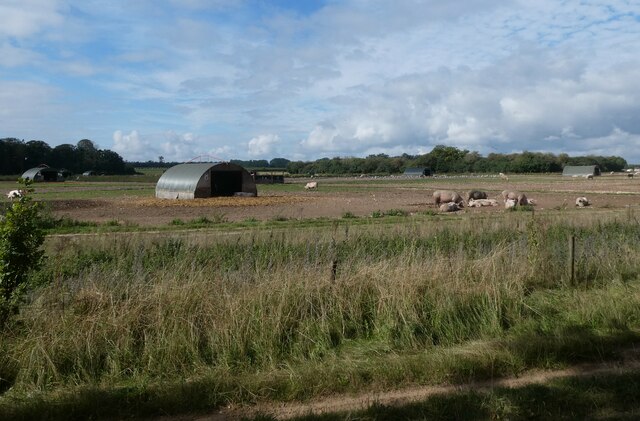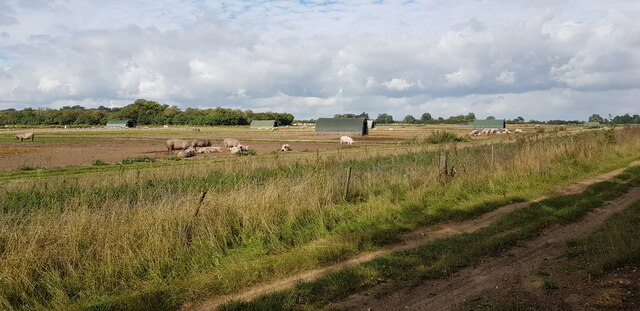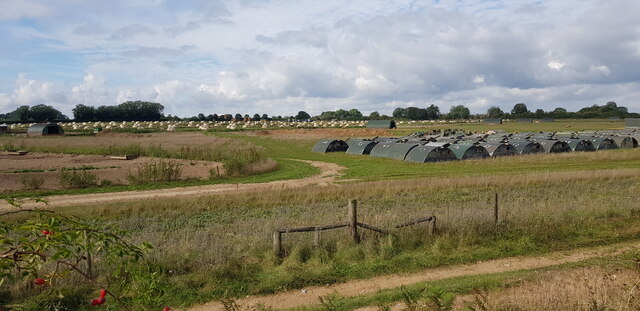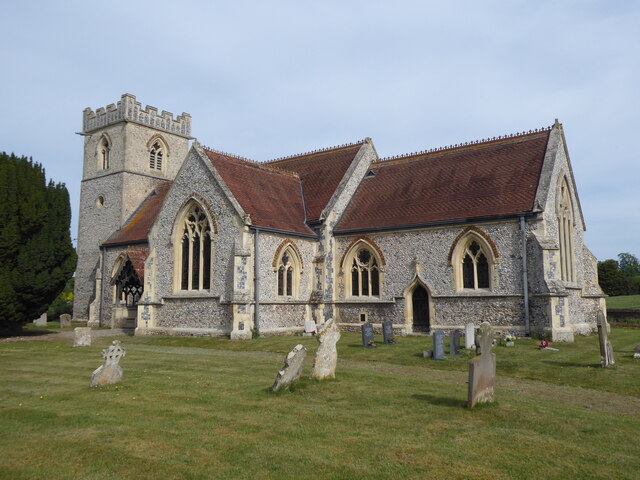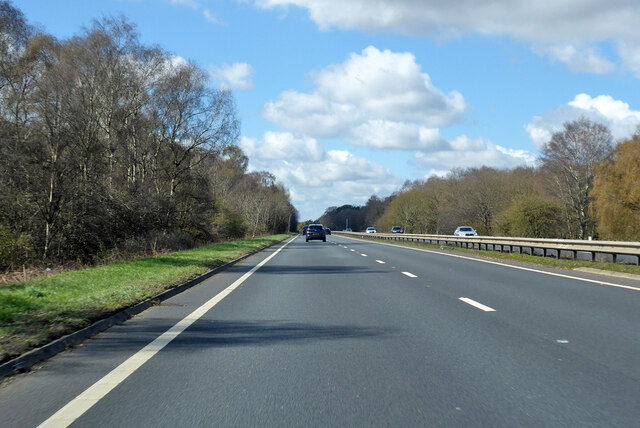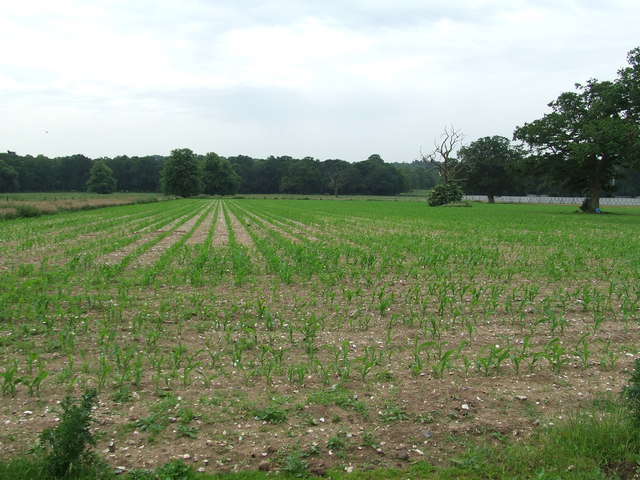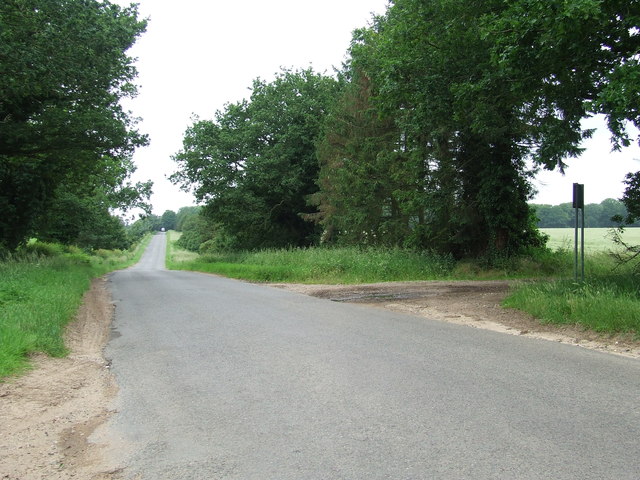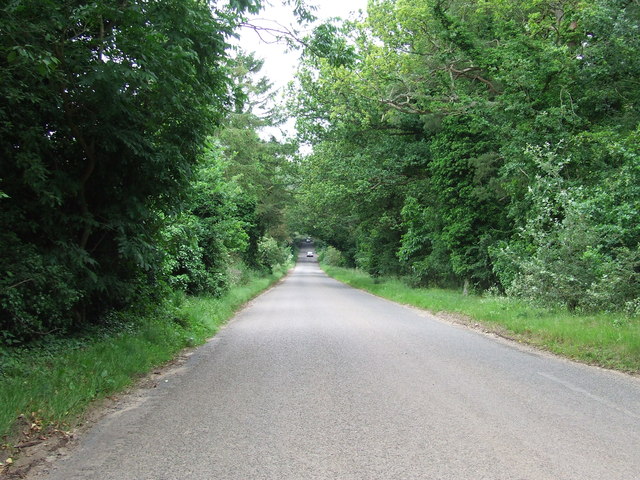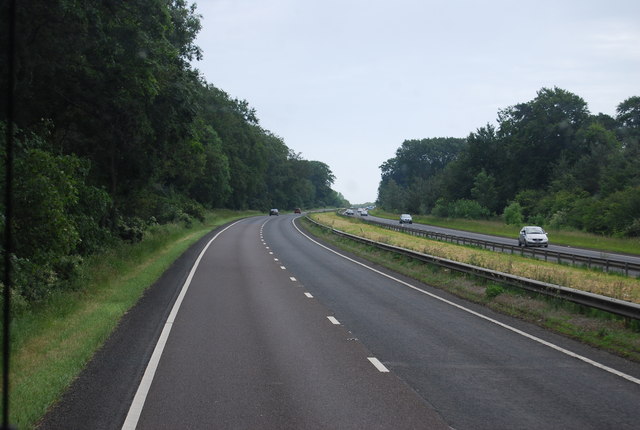Long Belt
Wood, Forest in Norfolk Breckland
England
Long Belt
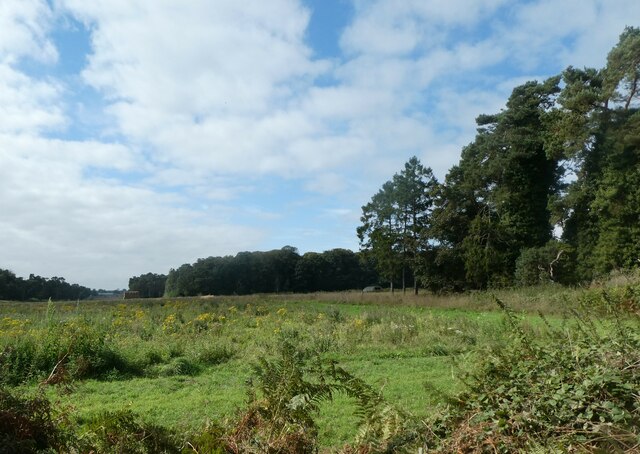
Long Belt, Norfolk (Wood, Forest) is a picturesque village located in the county of Norfolk, England. Situated amidst rolling hills and lush greenery, it is renowned for its beautiful woodlands and serene atmosphere. The village is nestled within the expansive Norfolk Forest, which covers a significant portion of the area.
Long Belt boasts a rich history that dates back centuries. Its name is believed to have originated from the long belt of trees that once stood along the village's outskirts. These trees formed a natural boundary, separating the village from the surrounding countryside.
The village is home to a close-knit community, with a population of approximately 500 residents. The locals take immense pride in preserving the village's natural beauty and rural character. The charming cottages and houses reflect traditional Norfolk architecture, and many have been lovingly maintained over generations.
The woodlands surrounding Long Belt are a haven for nature enthusiasts. The Norfolk Forest offers a diverse range of flora and fauna, making it a popular destination for walking, hiking, and birdwatching. Visitors can explore the numerous trails that meander through the woods, enjoying the peaceful ambiance and stunning scenery along the way.
Long Belt is also known for its vibrant community events, including an annual summer fair and harvest festival. These gatherings bring together residents and visitors, fostering a strong sense of community spirit.
In summary, Long Belt, Norfolk (Wood, Forest) is a charming village that offers a tranquil escape from the hustle and bustle of city life. With its rich history, stunning woodlands, and friendly community, it is a hidden gem in the heart of Norfolk.
If you have any feedback on the listing, please let us know in the comments section below.
Long Belt Images
Images are sourced within 2km of 52.424864/0.82355547 or Grid Reference TL9284. Thanks to Geograph Open Source API. All images are credited.

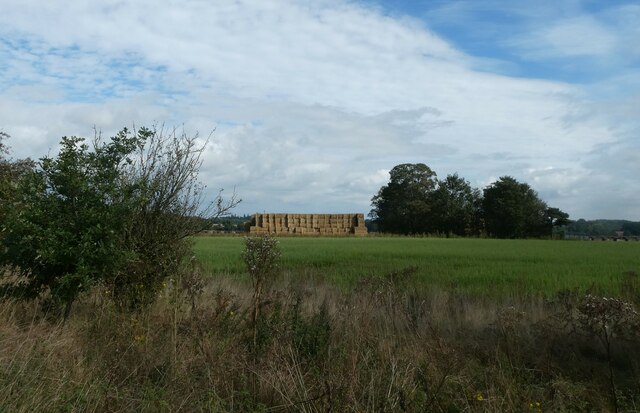
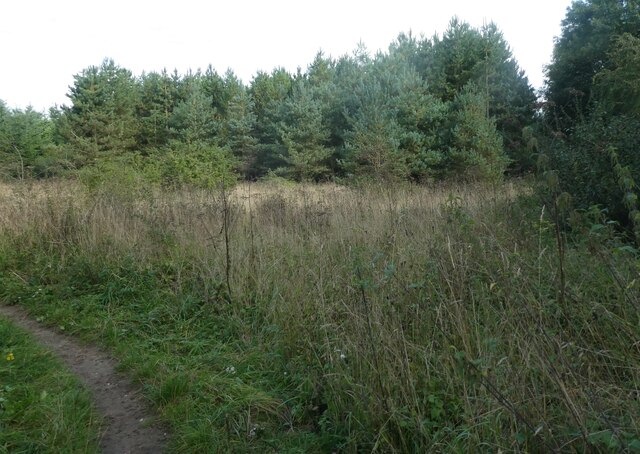
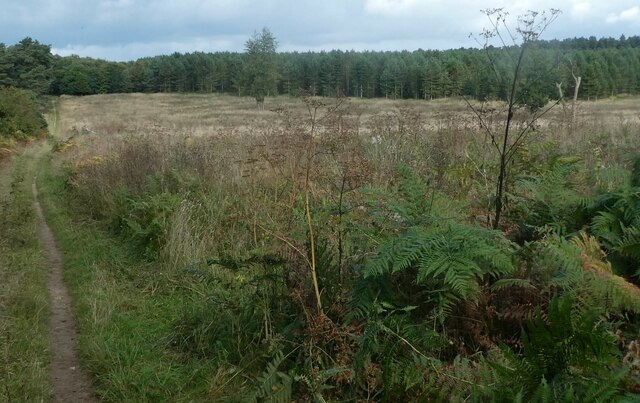
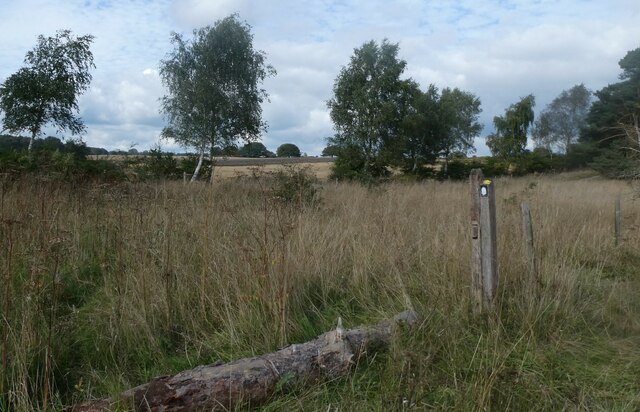
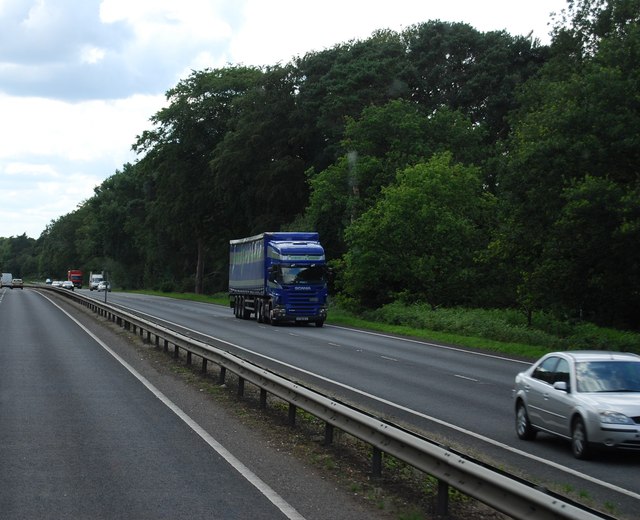
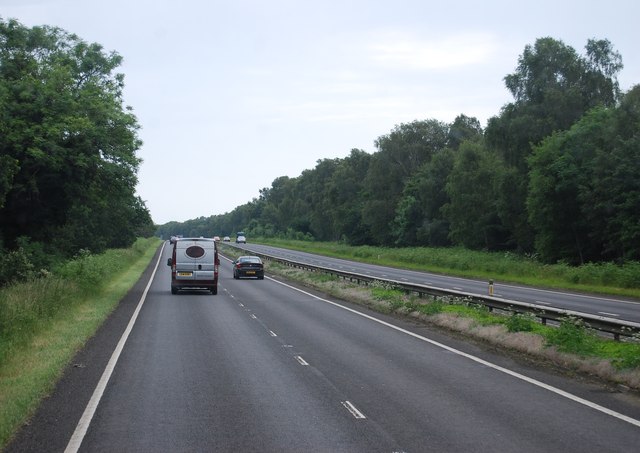
Long Belt is located at Grid Ref: TL9284 (Lat: 52.424864, Lng: 0.82355547)
Administrative County: Norfolk
District: Breckland
Police Authority: Norfolk
What 3 Words
///arts.baker.gliders. Near Thetford, Norfolk
Nearby Locations
Related Wikis
Shadwell Court
Shadwell Court, Brettenham, Norfolk, England is a country house dating originally from the 18th century. Built for the Buxton baronets, the house was massively...
Brettenham, Norfolk
Brettenham is a village and civil parish in the English county of Norfolk. It covers an area of 26.37 km2 (10.18 sq mi) and had a population of 475 in...
Bridgham and Brettenham Heaths
Bridgham and Brettenham Heaths is a 439.9-hectare (1,087-acre) biological Site of Special Scientific Interest north-east of Thetford in Norfolk, England...
Bridgham
Bridgham is a village and civil parish in the English county of Norfolk. It covers an area of 11.06 km2 (4.27 sq mi) and had a population of 328 in 130...
Kilverstone Hall
Kilverstone Hall is a Grade II listed building in Kilverstone in Norfolk, England. == History == Kilverstone Hall is a country house built in the early...
Kilverstone
Kilverstone is a civil parish in the English county of Norfolk east of Thetford. It covers an area of 7.46 km2 (2.88 sq mi) and had a population of 60...
Roudham Junction railway station
Roudham Junction railway station was a station in Norfolk, England. It was located in a remote area east of Thetford, where the Main Line between Norwich...
Rushford, Norfolk
Rushford is a small village in the English county of Norfolk. It is situated on the north bank of the River Little Ouse, 3+1⁄2 miles (5.6 km) east of the...
Have you been to Long Belt?
Leave your review of Long Belt below (or comments, questions and feedback).
